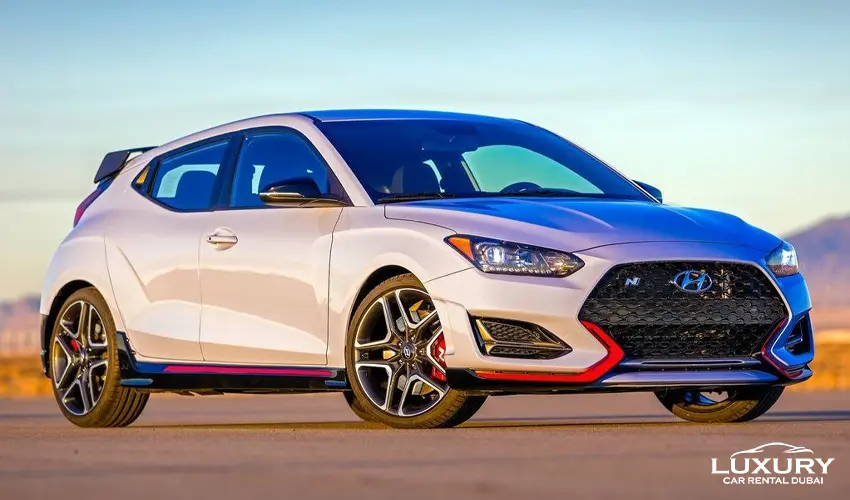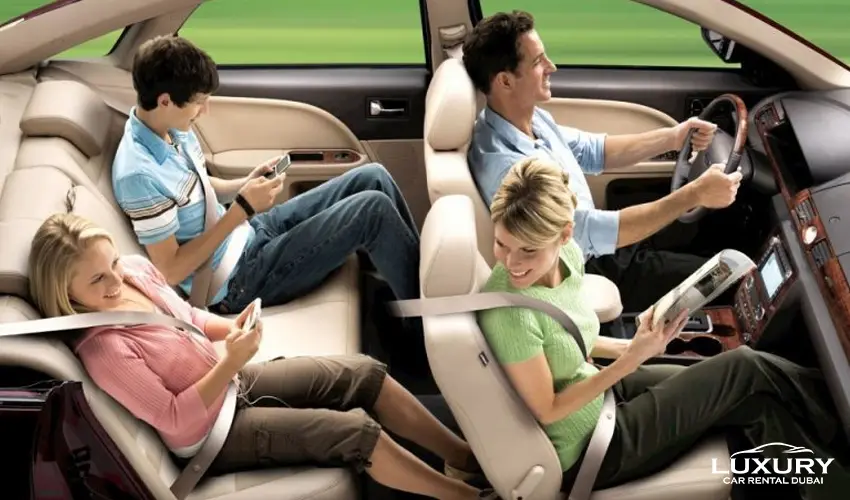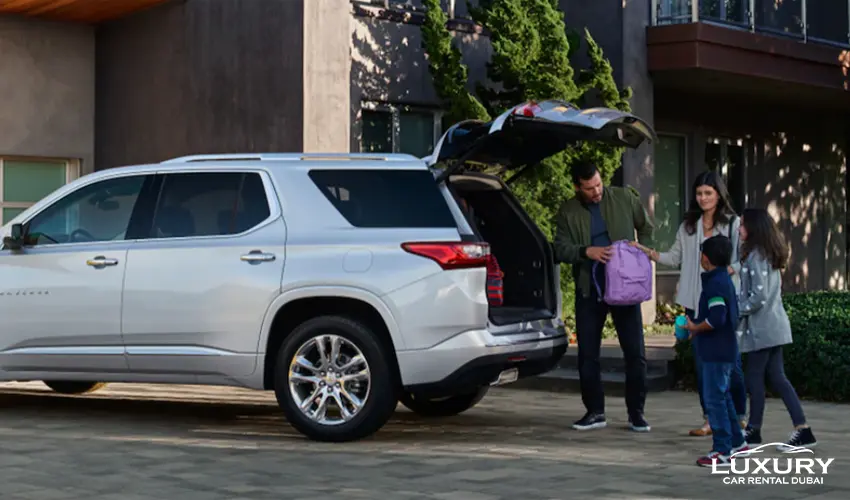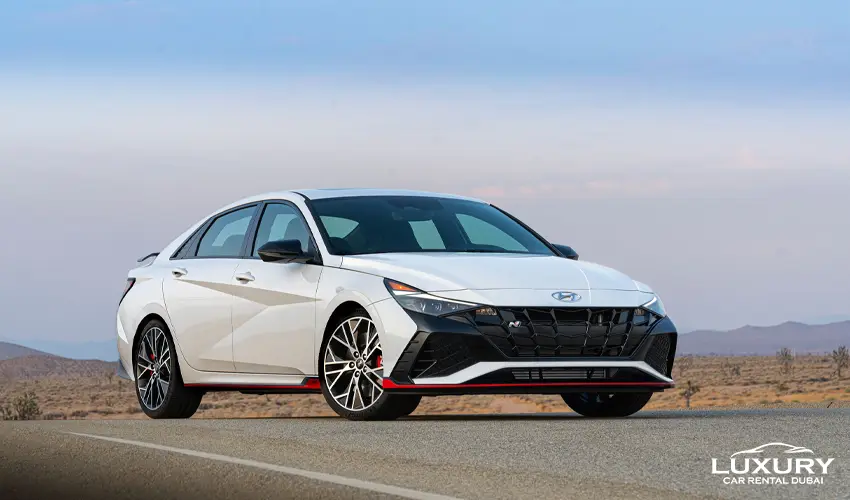Passenger limit in private cars
You can ensure adherence to the law and on-road safety on the roads only by understanding the passenger limit in private cars. This will also help you navigate the Emirates’ transportation laws. Let’s explore the passenger limit as per the car type:
- Sedans and Hatchbacks
- SUVs and Vans
- Luxury and Executive cars
Sedans and Hatchbacks
Most of these cars in the UAE are designed for a maximum of five passengers, including the driver. The infants and children should be counted as passengers and should be secured in appropriate child seats as per the laws.

SUVs and Vans
They are larger vehicles and can accommodate more passengers compared to the above. As per their make and model, there may be a comfortable seating capacity of seven passengers including the driver. However, it is essential to ensure the availability of seat belts for all occupants.
Luxury and Executive cars
These cars often offer more spacious interiors for better seating. Some high-end models may offer a capacity to accommodate up to seven or even eight passengers including the driver. Always refer to the vehicle’s documentation or consult the manufacturer for the proper accommodation rules.
Safety Considerations
Traveling in private cars and ensuring safety should always be together as a top priority to ensure the well-being of all occupants. Let’s have a look at all the safety aspects that should be considered for a safe drive:
- Seat belts and child restraints
- Avoid overcrowding
- Use public transportation

Seat belts and child restraints
No matter what is the type of vehicle or the number of passengers, all occupants must wear seat belts as per the law. The child passengers must be appropriately secured in seats as per their age and weight. It is the responsibility to ensure the safety of everyone before beginning.
Avoid overcrowding
Overcrowding the car by exceeding the recommended capacity can compromise the safety of all passengers. Always respect the manufacturer’s guidelines and the laws for a comfortable journey. Overloading only increases the risk of accidents and injuries.

Use public transportation
In cases the number of passengers exceeds the suggested capacity, it is advisable to consider alternative means options. The well-developed public transportation system of the UAE (buses, metros and taxis) can comfortably accommodate larger groups of people.
Seating capacities of different cars in the UAE
Amongst the other important factors considered while choosing a car, seating capacity is one. You can make a better decision if you understand how many passengers the car you like to accommodate for a comfortable travel experience.
In the table below, we have present seating capacities for common car categories found in the UAE. Let’s have a look:
| Category | Seating capacity (including driver) |
| Compact cars | 4 – 5 |
| Mid-size cars | 5 – 6 |
| Full-size cars | 5 – 6 |
| SUVs | 5 – 8 |
| Minivans | 7 – 9 |
| Luxury sedans | 4 – 5 |
| Sports cars | 2 – 4 |
Consequences of non-compliance
Exceeding the specified passenger limits can have significant consequences. Below are the repercussions you might face:
- Legal troubles
- Impact on insurance
Legal troubles
Carrying passengers more than the permitted limit means violating the traffic regulations set by UAE authorities. You may face fines and penalties depending on the severity of the violation.
Non-compliance gets you black points on the driver’s license which can lead to license suspension or even more. In severe cases, you might even be summoned to court, fined or imprisoned as per the severity.

Impact on insurance
If an accident occurs due to exceeded the limit, insurance companies may question the validity of the coverage or even deny them. Even if the claim is accepted, not obeying the rules can affect the amount of coverage. Insurance providers may limit coverage based on the degree of non-compliance.
Optimize your safety on UAE’s roads
Abiding by the regulations and guidelines regarding the number of passengers allowed in a private car is essential for both law obedience and on-road safety. We suggest always prioritizing safety considerations like wearing seat belts and securing child passengers. These measures not only assure the protection of the passengers but also contribute to overall road safety.

When you need to exceed the accommodation capacity, go for alternative options like public buses, metros or taxis as a compliant choice. This also helps alleviate traffic congestion and reduce environmental impact. By making informed decisions, we can enjoy safer and more enjoyable travel.



